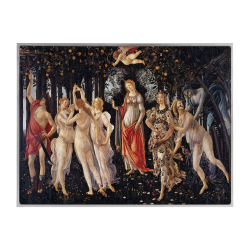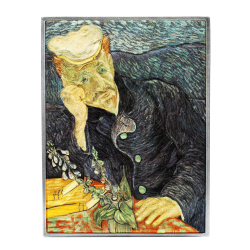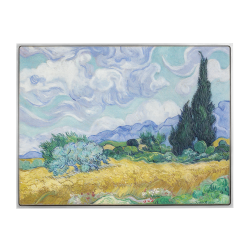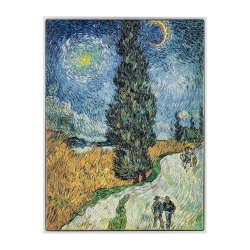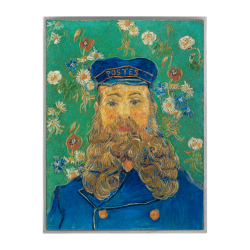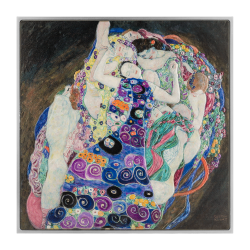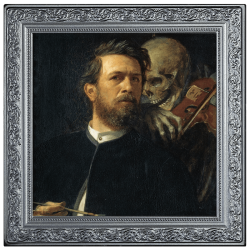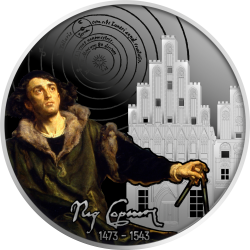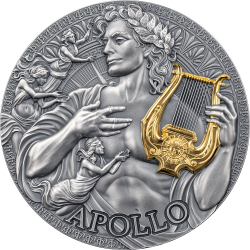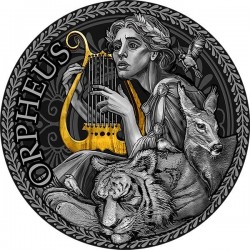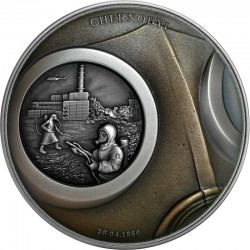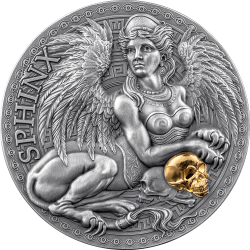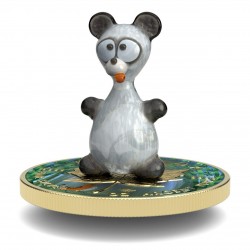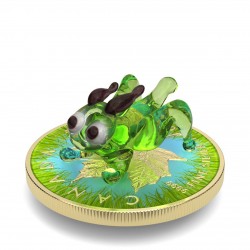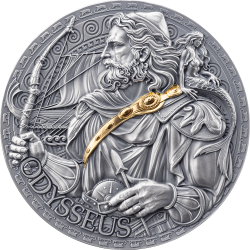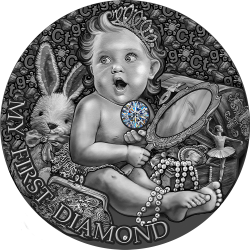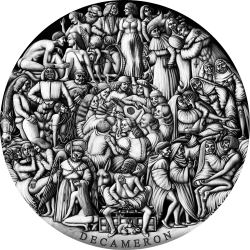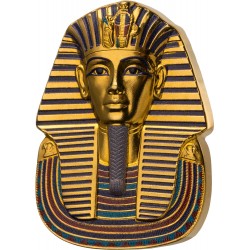- Polski
- English
PRIMAVERA BY SANDRO BOTTICIELLI 2,5 Oz Ag 750 g. Zn, 120 G. Cu 10000 FRANCS REPUBLIQUE DU CHAD 2024
PRIMAVERA BY SANDRO BOTTICIELLI 2,5 Oz Ag 750 g. Zn, 120 G. Cu 10000 FRANCS REPUBLIQUE DU CHAD 2024
Nowy produkt
Ostatnie sztuki!
PRIMAVERA BY SANDRO BOTTICIELLI 2,5 Oz Ag 750 g. Zn, 120 G. Cu 10000 FRANCS REPUBLIQUE DU CHAD 2024
Painted by Sandro Botticelli around 1482, La Primavera (The Allegory of Spring) is one of the most iconic works of the Italian Renaissance renowned for its ethereal beauty, intricate symbolism, and masterful execution. The blend of classical mythology and Renaissance humanism in the artwork celebrates the return of spring and the renewal of life, as well as embodying themes of love, fertility, and the flourishing of nature. The painting depicts a complex mythological scene set in a lush garden, filled with symbolic references to classical mythology. The figure of Venus (goddess of love) is certainly placed in the composition, standing as the unifying symbol of love and fertility. On the left, Mercury (messenger god) is dissipating the clouds of winter with his staff for the arrival of spring. Behind him, the three Graces dancing in a circle, often depict the virtues of beauty and creativity that comes with the flourishing of spring. On the right, nymph Chloris is being pursued by Zephyrus (god of the west wind) is associated with spring's role in bringing fertility to the land. The transformation of Chloris into Flora 9goddess of flowers) further emphasises renewal and the blossoming of life that is characteristic of the season. Beyond Botticelli’s meticulous attention to detail in depicting these figures, the variety of flowers and plants in the lush garden backdrop are also symbolic of love and fertility, such as the orange blossoms associated with marriage, and the myrtle that is sacred to Venus. The trees, including the laurel tree where Apollo’s Favorite nymph Daphne was transformed into a tree to escape his pursuit, also add layers of mythological depth to the composition.
Created at the height of the Italian Renaissance, an era marked by a revival of interest in the classical world of Ancient Greece and Rome, the Medici family who ruled Florence, Italy at the time, commissioned the art. The setting for La Primavera is widely believed to be the Villa di Castello, a country retreat of the Medici family, where the villa's gardens likely inspired the verdant, lush imagery in Botticelli’s painting. The Medici, known for their interest in mythology and philosophy, often sought to integrate these themes into their commissions. Other than representing spring as a season, the panting also reflects the humanist ideals of the Renaissance, which placed an emphasis on individual beauty, intellectual achievement, and harmony between humanity and nature. The figures in the painting are not just mythological; they also symbolise virtues such as grace, creativity, and virtue, which were seen as essential to the flourishing of society. The artistic nature of the painting suggests that beauty, love, and fertility are not merely physical phenomena, but also moral and intellectual virtues that contribute to the well-being of humanity.

